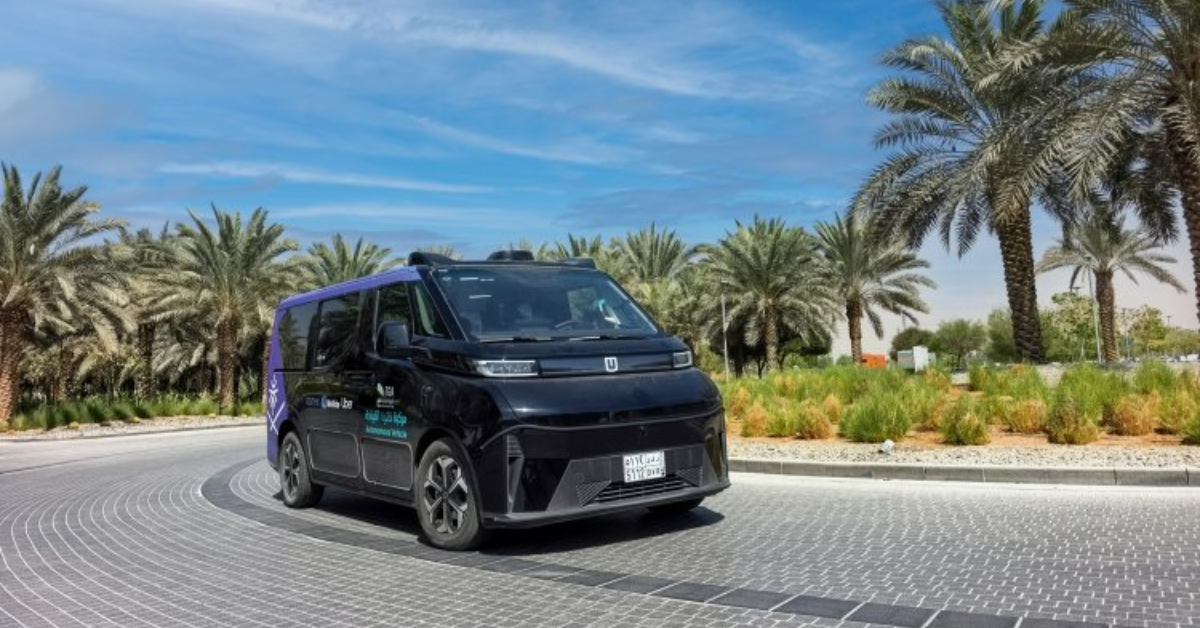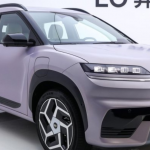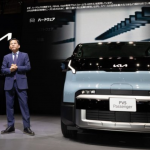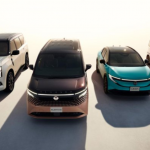Saudi Arabia has officially joined the global race toward autonomous mobility. In a historic move, Uber and Chinese autonomous driving company WeRide have launched the first-ever autonomous robotaxi rides in the capital city of Riyadh. This collaboration represents a significant milestone in Saudi Arabia’s journey to becoming a global hub for technology, innovation, and smart transportation, in line with the nation’s ambitious Vision 2030 plan.
The partnership between Uber and WeRide isn’t just about introducing new technology — it’s about transforming how people move, enhancing safety, and reducing traffic congestion in one of the fastest-growing urban centers in the Middle East.
A Milestone in Saudi Mobility
The launch of autonomous robotaxi rides in Riyadh marks a turning point for the kingdom’s mobility sector. For years, Saudi Arabia has invested heavily in modernizing its infrastructure, developing smart cities, and embracing artificial intelligence (AI).
Now, with Uber and WeRide’s collaboration, Riyadh becomes the first Saudi city to operate self-driving vehicles on public roads, showcasing the government’s commitment to next-generation mobility solutions.
These robotaxis are not experimental prototypes but fully functional vehicles equipped with advanced sensors, LiDAR systems, cameras, and radar, enabling them to navigate safely through the city’s dynamic traffic conditions.
Uber and WeRide: A Strategic Partnership
Uber, the global leader in ride-hailing, has long expressed interest in autonomous vehicle technology. Partnering with WeRide, one of China’s leading self-driving technology companies, provides the ideal blend of expertise, innovation, and market reach.
WeRide, backed by major investors like Renault-Nissan-Mitsubishi and Bosch, has extensive experience deploying robotaxis in cities like Guangzhou and Beijing. By teaming up with Uber, WeRide brings its Level 4 autonomous driving capabilities — meaning the car can drive itself under most conditions without human intervention — to Saudi Arabia’s roads.
This partnership aims to test and refine autonomous technology under local conditions — including Riyadh’s traffic patterns, road infrastructure, and climate — before expanding the service to other Saudi cities in the near future.
How the Robotaxi Service Works
The new robotaxi service operates much like a traditional Uber ride. Users can book a ride through the Uber app, where they’ll have the option to choose an autonomous vehicle if one is available in their area.
When the robotaxi arrives, it looks like any other modern Uber car — sleek, clean, and comfortable. The only difference? The driver’s seat might be empty or occupied by a safety operator during the initial phase of deployment.
Inside, passengers can enjoy features like:
- Touchscreen controls to manage routes, air conditioning, and music
- In-car digital assistant to answer questions about the trip
- Real-time navigation display showing the car’s route and surroundings
The system uses artificial intelligence and sensor fusion to continuously analyze the environment, identifying pedestrians, traffic lights, and obstacles with millimeter-level precision.
Safety Comes First
One of the biggest concerns about autonomous vehicles is safety, and both Uber and WeRide have placed it at the heart of their deployment strategy.
Before launching in Riyadh, the vehicles underwent extensive testing in controlled environments to ensure reliability in local conditions such as high temperatures, dust storms, and heavy traffic.
Each car is equipped with multiple redundant systems — meaning even if one sensor or module fails, the others continue functioning seamlessly. The cars also communicate in real time with a centralized monitoring hub, allowing engineers to oversee performance and intervene if needed.
Initially, Uber and WeRide plan to keep safety drivers on board as a precautionary measure, but the long-term vision is to have fully driverless robotaxis serving the public independently.
A Key Step Toward Vision 2030
Saudi Arabia’s Vision 2030 blueprint emphasizes economic diversification and technological innovation. Introducing autonomous vehicles fits perfectly within the Kingdom’s Smart City and AI initiatives, especially in projects like NEOM and The Line, which aim to be global models of futuristic urban living.
The robotaxi rollout in Riyadh aligns with three major Vision 2030 goals:
- Reducing Traffic Congestion and Emissions: By improving route efficiency and encouraging shared rides, autonomous vehicles can significantly cut down traffic and pollution.
- Boosting Technological Innovation: Saudi Arabia aims to position itself as a leader in AI, robotics, and mobility technologies in the Middle East.
- Enhancing Quality of Life: Autonomous transport will make commuting safer, faster, and more convenient for residents and visitors alike.
The initiative also supports the Saudi Data and AI Authority (SDAIA) and the Ministry of Transport and Logistics Services, both of which are working toward integrating AI into public infrastructure.
Economic and Social Impact
The launch of autonomous robotaxis is expected to bring widespread economic benefits. For one, it will create new jobs in technology development, fleet management, and data analysis — even as it automates traditional driving roles.
It also positions Riyadh as a testing ground for global innovation, attracting investment from international companies looking to collaborate in the growing Middle Eastern tech ecosystem.
From a social perspective, autonomous taxis could enhance mobility access for people with disabilities, senior citizens, and those who cannot drive — fostering greater inclusivity and independence.
Challenges Ahead
While the launch is a major achievement, several challenges remain. Saudi Arabia’s climate and road infrastructure present unique hurdles for autonomous systems. High temperatures can affect sensor performance, and road markings may need standardization for optimal AI recognition.
Public perception is another critical factor. Many people remain skeptical about riding in a driverless car, which means building trust through safety demonstrations, transparency, and reliability will be key to mass adoption.
Regulatory frameworks also need to evolve to govern autonomous mobility, including insurance, data privacy, and traffic law adaptation. The government has already begun drafting policies to support this transformation, but fine-tuning will take time as real-world data accumulates.
The Global Context
Saudi Arabia’s move places it among a small but growing group of countries embracing autonomous mobility. The U.S., China, and the UAE have already tested robotaxis in major cities, but Riyadh’s launch marks the first such initiative in Saudi Arabia — and one of the first in the broader Gulf region.
This positions the Kingdom as a regional leader in transportation innovation, potentially inspiring neighboring countries like Qatar, Kuwait, and Bahrain to follow suit.
Uber’s global experience in ride-hailing, combined with WeRide’s advanced autonomous driving software, could make Riyadh a benchmark city for safe and scalable robotaxi deployment.
What the Future Holds
The introduction of robotaxis in Riyadh is just the beginning. Uber and WeRide plan to expand testing across more Saudi cities, integrating feedback and data to improve performance.
In the long run, autonomous vehicles could become a core part of Saudi Arabia’s urban mobility ecosystem, working alongside electric vehicles, shared transport, and smart public transit systems.
As technology matures and regulations catch up, residents can expect to see more autonomous options for daily commuting — making travel more efficient, eco-friendly, and futuristic.
Final Thoughts
The launch of Saudi Arabia’s first autonomous robotaxi rides in Riyadh is more than a technological milestone — it’s a glimpse into the future of urban living. Uber and WeRide’s partnership showcases how collaboration between global tech pioneers and visionary governments can transform cities into intelligent mobility hubs.
As Saudi Arabia continues to embrace innovation under Vision 2030, the streets of Riyadh may soon become home to a new era of transportation — driverless, connected, and smarter than ever before.

Hello, my name is Muskan Kumari and I am an experienced Digital Marketer. I have been blogging for the last 3 years and I have special interest in SEO. Here I give you easy bikes and writes easy-to-understand reviews and news about the latest bikes, helping readers choose the best options.. My aim is to always provide you with accurate, new and useful information.










